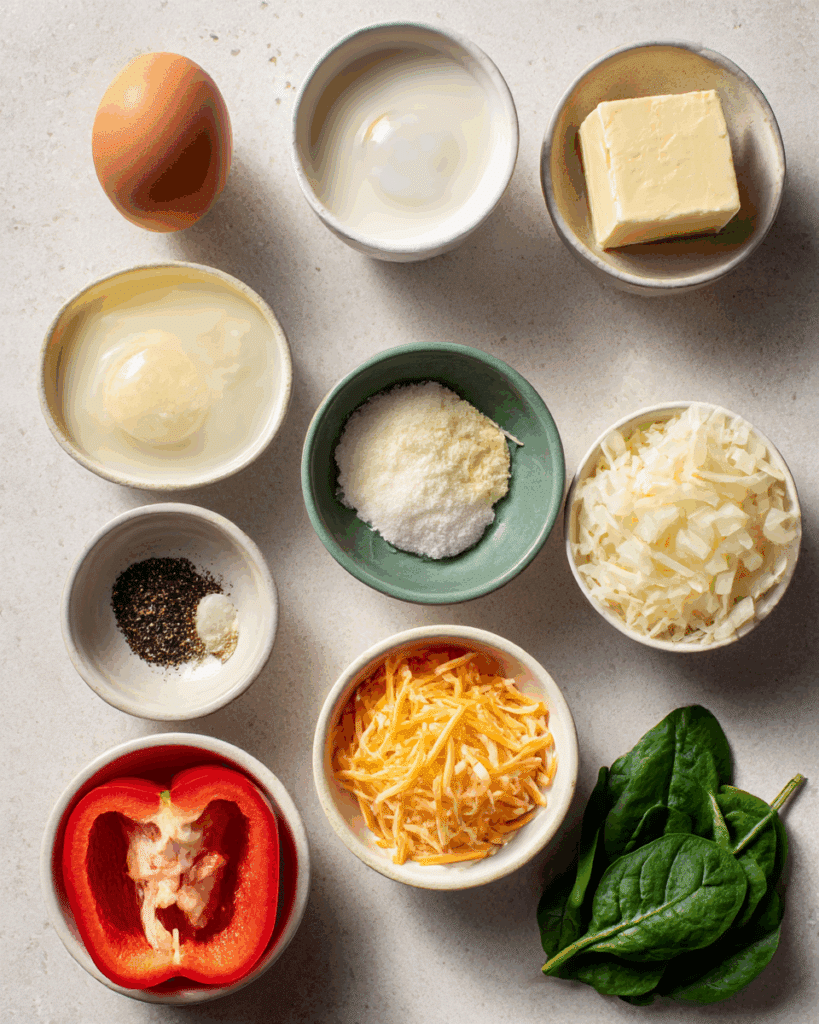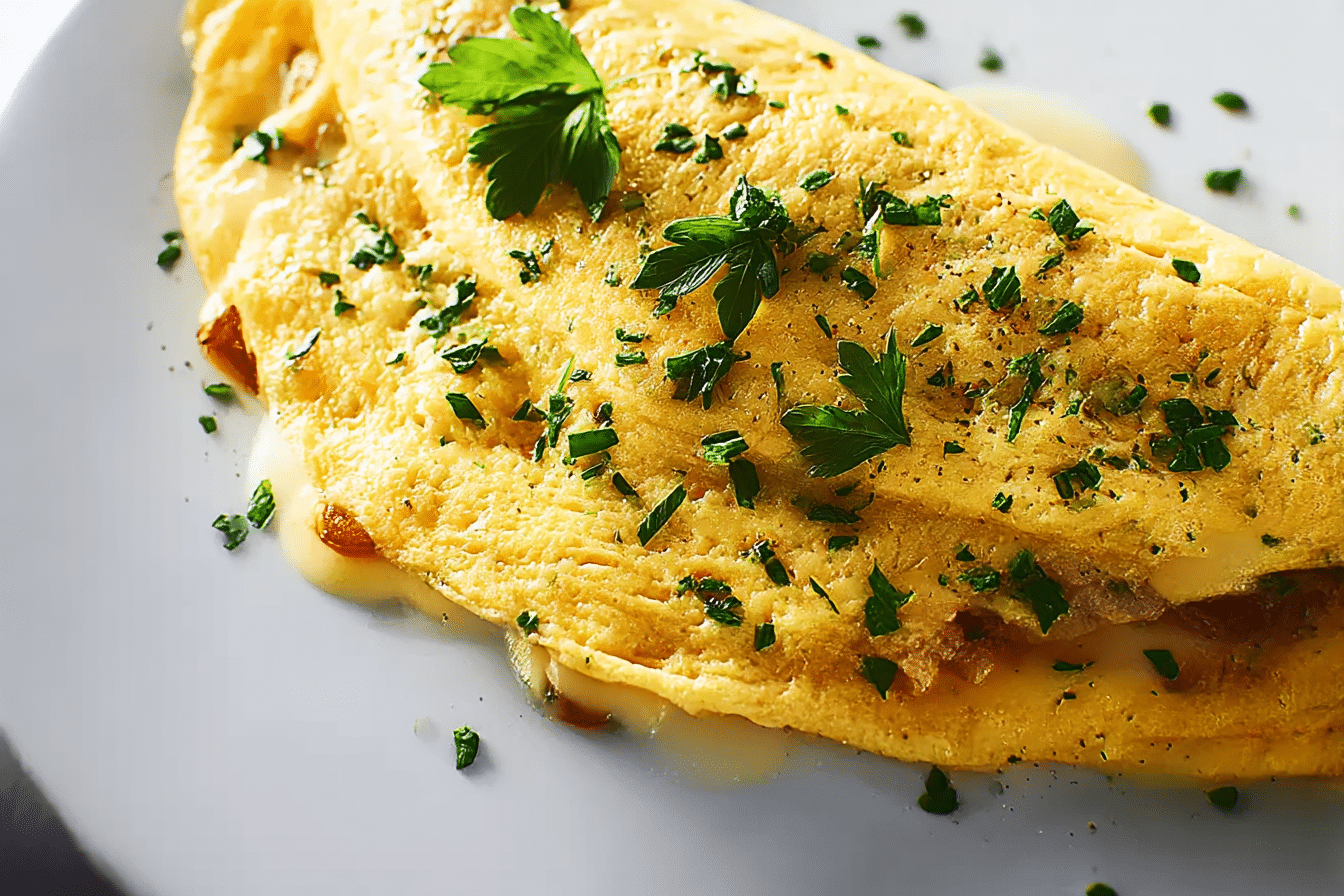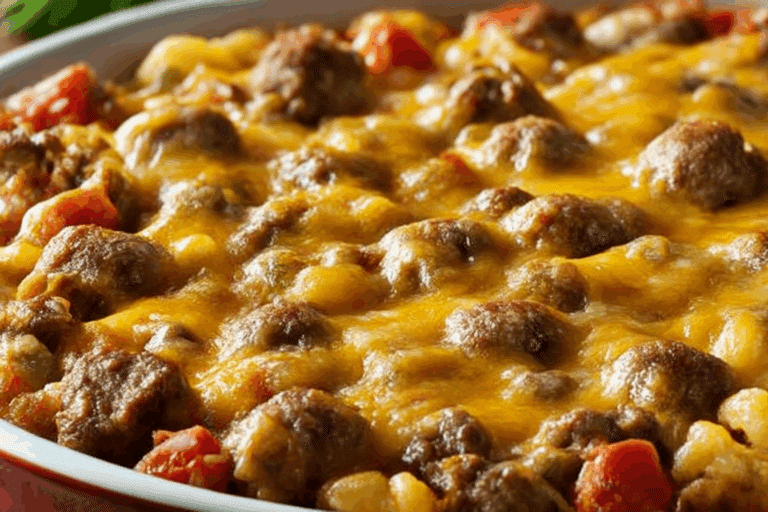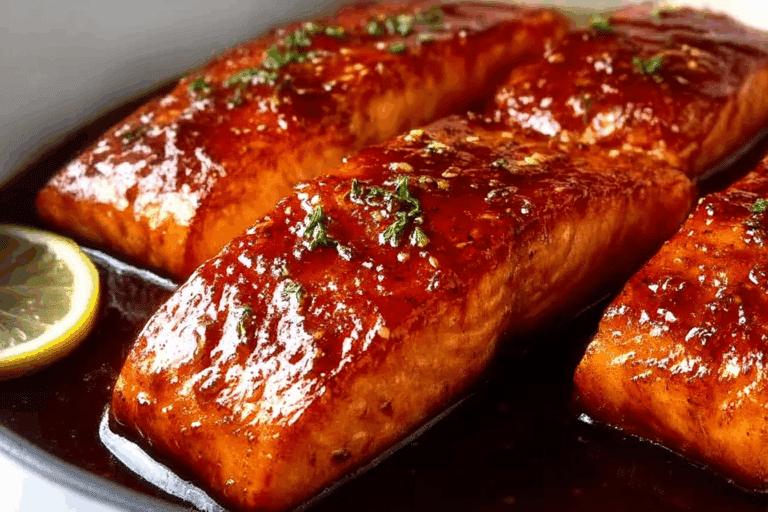Perfect Omelette
Early morning sun streams through my kitchen window. The pan is warm, butter melting gently, and I crack eggs into a bowl, thinking: today I’ll make the perfect omelette. It’s a small ritual, but one that always feels kind of magical. When it’s done right—soft, tender, folded just so—you’ll taste for yourself why omelettes are a breakfast legend.
Behind the Recipe
I learned this version the hard way—many failed flips, some overcooked edges, and too‑much filling spilling everywhere. But through trial and error, it came together: just enough heat, gentle movement, the right timing. Now this omelette is the one I make when I want something simple but satisfying, something that feels like care in a pan.
Recipe Origin & Trivia
Omelettes have been around for centuries. The word “omelette” first appears in 17th-century France, though similar egg‑based dishes existed long before. French chefs took it to art form, striving for that silky, barely set texture. Others favor heartier, browned versions loaded with fillings. This “perfect omelette” bridges that gap—tender, flavorful, and customizable.
Why You’ll Love This Omelette
Fast & satisfying: Takes just a few minutes from start to finish.
Tender, not rubbery: Gentle technique avoids overcooking.
Flexible: Use whatever fillings you love—cheese, herbs, veggies, meat.
Elegant but humble: Quality you’d find in a café, right in your kitchen.
Beginner‑friendly: With these steps, even new cooks can make a great omelette.
Chef’s Pro Tips for Perfection
- Use a good nonstick pan with gently sloping sides.
- Beat the eggs just enough—don’t overdo it.
- Add a splash of water (or milk) to promote fluffiness.
- Melt butter over medium heat until it foams, then lower the heat.
- Gently sweep cooked eggs inward and tilt the pan.
- Don’t overcook—aim for a just-set, slightly creamy finish.
- Tilt and fold carefully to plate the omelette seam-side down.
Kitchen Tools You’ll Need
Nonstick Skillet: 8–9 inch pan is ideal.
Mixing Bowl: For beating the eggs.
Whisk or Fork: Combine the eggs.
Silicone Spatula: For gentle folding.
Butter or Oil: Prevents sticking and adds flavor.
Plate: For serving fresh off the heat.
Ingredients in Perfect Omelette
- Eggs (2–3 per omelette)
- Salt and pepper, to taste
- Butter (or oil)
- Optional: a splash of water or milk
- Optional fillings: cheese, herbs, sautéed veggies, ham, etc.
Ingredient Substitutions
- Ghee or oil instead of butter
- Dairy-free milk or plant milk instead of regular
- No fillings at all for a French-style herb omelette
- Egg whites with one yolk for a lighter version

Instructions for Making the Perfect Omelette
- Prep & Beat the Eggs: Crack 2 or 3 eggs into a bowl. Add a pinch of salt and pepper. Beat until just combined and slightly frothy.
- Heat the Pan: Melt butter over medium heat until foamy. Coat the surface completely.
- Add Eggs: Pour in eggs and lower heat.
- Cook Gently: As the edges set, use a spatula to pull them toward the center while tilting the pan to let uncooked egg fill the gaps. Repeat until most of the egg is just set.
- Add Fillings: Place cheese or other fillings on one half of the omelette.
- Fold and Slide: Fold over into half or thirds, tilt the pan and slide onto a plate, seam-side down.
- Serve Hot: Garnish with herbs or cracked pepper if desired.
Texture & Flavor Secrets
Perfect omelettes are barely set, soft and tender inside, and never browned. Butter adds richness and prevents sticking. Fillings should be warm or pre-cooked to blend with the eggs and avoid cooling or breaking the texture.
Cooking Tips & Tricks
- Pre-cook all fillings—don’t add raw veggies
- Always beat eggs fresh—not ahead of time
- Move eggs gently with spatula—no harsh stirring
- Use the right-sized pan for an even cook
- Let omelette finish cooking from residual heat
What to Avoid
- Overcooking the omelette—rubbery or browned texture
- Too many fillings—makes it difficult to fold and tears the egg
- Cold fillings—can cool the interior before it finishes cooking
- High heat—cooks the bottom too fast and browns the edges
Nutrition & Time Estimates
Prep Time: 2–3 minutes
Cook Time: 2–4 minutes
Total Time: About 6–7 minutes
Calories: 150–250 depending on size and fillings
Make-Ahead & Storage Tips
Omelettes are best eaten fresh. If needed, keep warm in a low oven (covered), but avoid reheating later as texture suffers. You can prep fillings in advance so cooking is faster.
How to Serve Perfect Omelette
- With buttered toast or crusty bread
- Alongside a green salad or arugula with vinaigrette
- Topped with chopped herbs or avocado slices
- With fruit or yogurt for a balanced breakfast
Variations to Try
- Herb Omelette: Chives, parsley, tarragon
- Cheese Omelette: Gruyère, cheddar, goat cheese
- Veggie: Spinach, mushrooms, tomato, bell pepper
- Hearty: Ham, bacon, smoked salmon
- Spicy: Jalapeños, pepper jack, hot sauce drizzle
FAQ’s
Q: Can I use a metal pan?
A: Not recommended unless it’s seasoned cast iron. Nonstick works best.
Q: What fillings go best?
A: Cheese, herbs, sautéed veggies, or cooked meats—preheated if needed.
Q: Can I freeze omelettes?
A: No—they lose texture. Make fresh.
Q: What’s the difference between an omelette and scrambled eggs?
A: Omelettes are cooked flat and folded, with fillings. Scrambled eggs are stirred throughout and left loose.
Final Note
The perfect omelette isn’t about fancy skills—it’s about care, timing, and understanding your pan. With just eggs, butter, and a little practice, you’ll create something silky, rich, and totally satisfying. Next time you crave something warm and comforting, give this a try—you might just fall in love with breakfast again.
PrintPerfect Omelette
Soft, tender, and folded to perfection, this classic omelette is a breakfast staple made elegant. Ready in minutes and endlessly customizable, it’s the go-to dish for quick, satisfying comfort.
Ingredients
- Eggs: 2–3 – lightly beaten for soft texture.
- Butter: 1 tablespoon – for flavor and nonstick cooking.
- Salt & Pepper: To taste – simple seasoning to bring out the flavor.
- Optional Water or Milk: 1 teaspoon – makes omelette fluffier.
- Optional Fillings: Cheese, chopped herbs, sautéed vegetables, diced ham, etc.
Instructions
- Beat Eggs: In a bowl, lightly beat eggs with salt, pepper, and optional milk/water.
- Heat Butter: Melt butter in a nonstick skillet over medium heat until foamy.
- Cook Eggs: Pour eggs into the pan, lower heat, and gently sweep edges toward center as they set, allowing uncooked egg to flow outward.
- Add Fillings: When nearly set, add desired fillings to one side.
- Fold & Serve: Fold omelette over, slide onto a plate seam-side down, and serve hot.
Notes
- Use a nonstick or well-seasoned skillet for best results.
- Don’t overfill or the omelette may tear.
- Practice makes perfect—mastering the fold is key!
- Add herbs or cheese just before serving for extra flavor.








